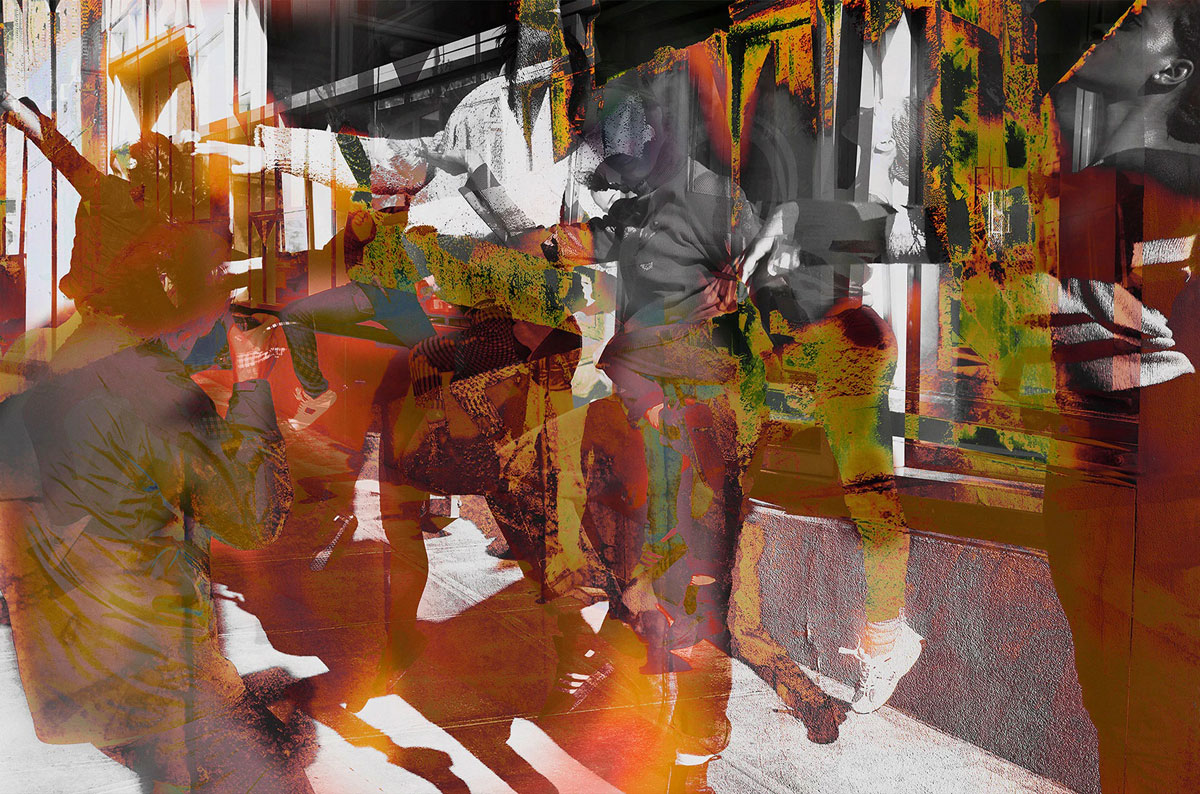ART CITIES:Hong Kong-James Welling, Part II
 Since the 1970s, when he was a student at the California Institute of the Arts, James Welling has become known for a relentlessly evolving body of images that considers both the history and technical specificities of photography. Emerging at a time when the medium focused on its capacity for mimesis, Welling’s work signaled a break with traditional ideas of photography by shifting attention to the construction of images themselves (Part I).
Since the 1970s, when he was a student at the California Institute of the Arts, James Welling has become known for a relentlessly evolving body of images that considers both the history and technical specificities of photography. Emerging at a time when the medium focused on its capacity for mimesis, Welling’s work signaled a break with traditional ideas of photography by shifting attention to the construction of images themselves (Part I).
By Dimitris Lempesis
Photo: David Zwirner Gallery Archive
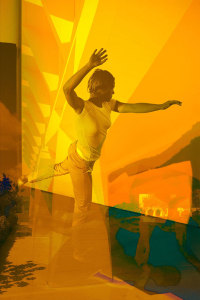
James Welling’s exhibition “Metamorphosis” is the first solo presentation of his work in Greater China and provides an overview of Welling’s forty-year career in photography, with key series from the 1980s to the present that highlight his ongoing exploration of abstraction, figuration, color, and process. James Welling was born in 1951 in Hartford, Connecticut. In 1969 he attended Carnegie Mellon University in Pittsburgh before transferring to the California Institute of the Arts (CalArts), Valencia, in 1971 for a BFA and an MFA in film and video. Welling’s self-education in photography began in 1976 with the series “Los Angeles Architecture & Portraits” and in 1977 his second series, “Diary/Landscape”, matched the handwriting of his great-grandparents’ letters with winter landscapes in Connecticut. In 1978, Welling moved to New York and participated in his first solo exhibition at Metro Pictures in spring 1982. He later returned to Los Angeles in 1995 to head the photography department at the University of California, Los Angeles. During his career, Welling has experimented with different photographic mediums, including Polaroids, gelatin silver prints, photograms, and digital prints, exploring the tensions of and between representation and abstraction. Having studied under John Baldessari at CalArts and exhibited with Sherrie Levine at Metro Pictures, Welling began his career in the so-called Pictures Generation, a group of photographers and filmmakers that contended with the threats of postwar consumer culture to artistic authorship and subjectivity. Borrowing from Conceptualism and Post-Minimalism, Welling argues that unlike the readymade, his photographs engage the viewer’s contingent and subjective preconceptions in an aesthetic experience. Challenging the medium’s conventions and original, 19th-century documentary function, Welling’s early series subordinate their recognizable and prosaic subjects to formal abstractions of light and fragmentation: “What you see isn’t what you really get. There is something else—the effect of photography.” Welling’s first major body of work, “Aluminum Foil” (1980-81), is made up of black-and-white close-ups of crumpled aluminum foil. This early work signaled a break with traditional ideas of the medium by shifting attention to constructing images for the camera rather than finding them in the world. The “Aluminum Foils” initially read as abstractions, but upon further viewing other readings emerge: starry skies, rippling water, summer foliage, geological strata. This tightrope act in which the work hovers between abstraction and representation became one of the hallmarks of Welling’s practice. Thirty years after this series Welling began “Chemical” (2010- ), his ongoing series of chemigrams (photographs made in room light with photographic chemicals on black-and-white photo paper). Using different tools to spread liquid and powdered developer across photosensitive material, Welling creates abstractions resembling miniature action paintings. As with the Aluminum Foils, the viewer is presented with an abstraction that lends itself to figurative readings—abstraction on the edge of representation. Welling began using color in 2004 for “Flowers”, a series of photograms (cameraless photographs) that he created until 2017. The first “Flowers” were made in a color darkroom by layering brightly colored gels above a black-and-white negative of a flower to produce irregular fields of vibrant color. In 2014, Welling started working with flower imagery on the computer using the red, green, and blue color channels of Photoshop. The work became increasingly psychedelic and several examples of Flowers in the show are among his most intense and vibrant. As Welling worked on “Flowers”, he developed a parallel project “Glass House” (2006-10), photographs of the architect Philip Johnson’s Connecticut home built in 1949. Again, Welling turned to the color filters from the early Flowers, this time holding them up in front of the camera lens. Glass House evolved over four years of visits and encompasses multiple views of The Glass House and the surrounding landscape in all seasons. In “Choreograph” (2014–2020), Welling applied the intense colors of the recent “Flowers” to superimpose images of landscape, architecture, and modern dance. For the dance images, he photographed rehearsals and performances of a dozen dance companies, including the LA Dance Project and the Lucinda Childs Dance Company. By compositing these images, Welling produces what could be called “digital collages” where layers of figuration obscure and compete with each other. “Bodies” begun in 2018, uses a similar layering technique but emphasizes the body over landscape and architecture. However, in these photographs, we no longer see a modern dancer but rather a god or a mortal from antiquity. Welling continues to picture Greek and Roman sculptures for his most recent series “Cento”, begun in 2019. After photographing sculptures and objects in dozens of museums around the world, the Cento photographs use a process the artist invented in which he applies oil paint to photographic prints. A cento is a poem made up of lines from other poems. In titling his series “Cento”, Welling draws these fragments from antiquity into a new pictorial whole.
Photo: James Welling, 0521, 2015, Inkjet print, 42 x 63 inches / 106.7 x 160 cm , © James Welling, Courtesy the artist and David Zwirner Gallery
Info: David Zwirner Gallery, 5-6/F, H Queen’s, 80 Queen’s Road Central, Hong Kong, Duration: 1/4/2021- , Days & Hours: Tue-Sat 11:00-18:00 (by appointment only-book here), www.davidzwirner.com
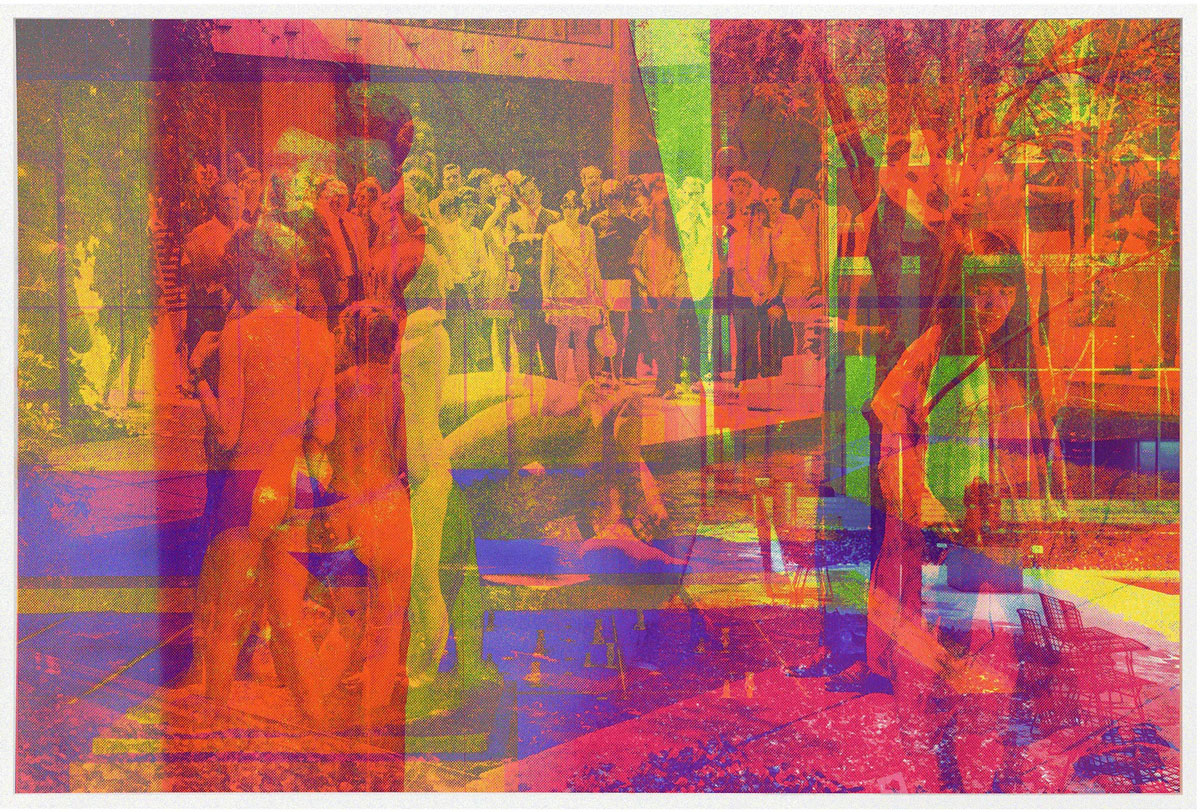

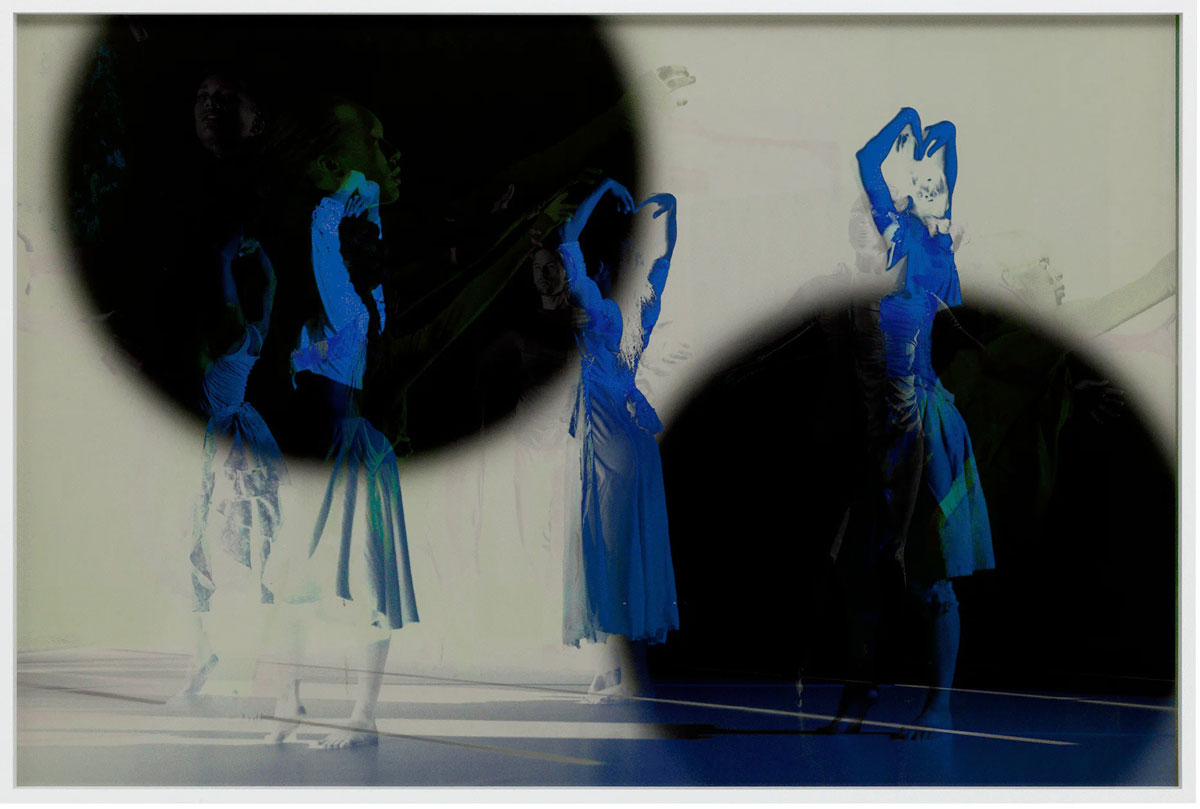

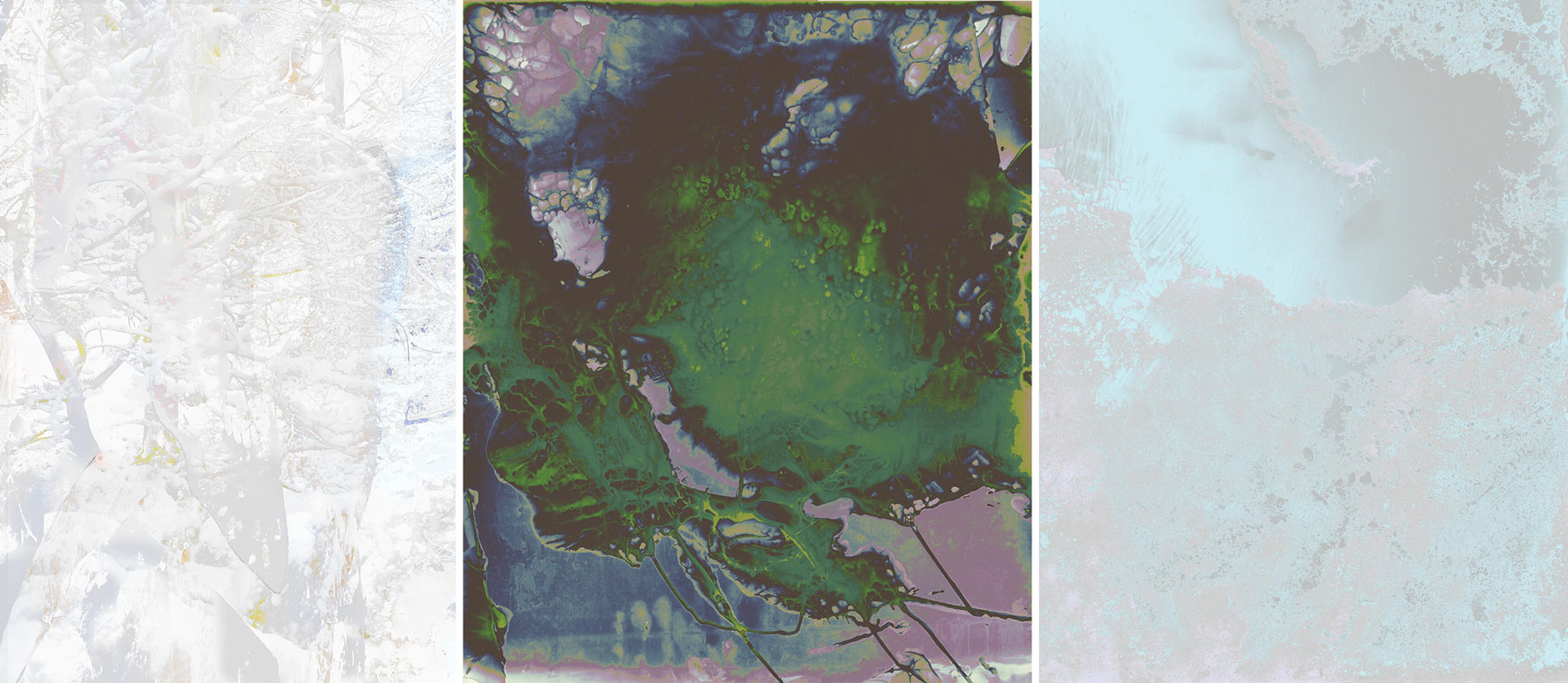
Center: James Welling, FD1M, 2012, Archival inkjet print, 48 x 40 inches (121.9 x 101.6 cm, © James Welling, Courtesy the artist and David Zwirner Gallery
Right: James Welling, G13QW, 2012, Archival inkjet print, 51 7/8 x 40 inches / 131.8 x 101.6 cm, © James Welling, Courtesy the artist and David Zwirner Gallery
